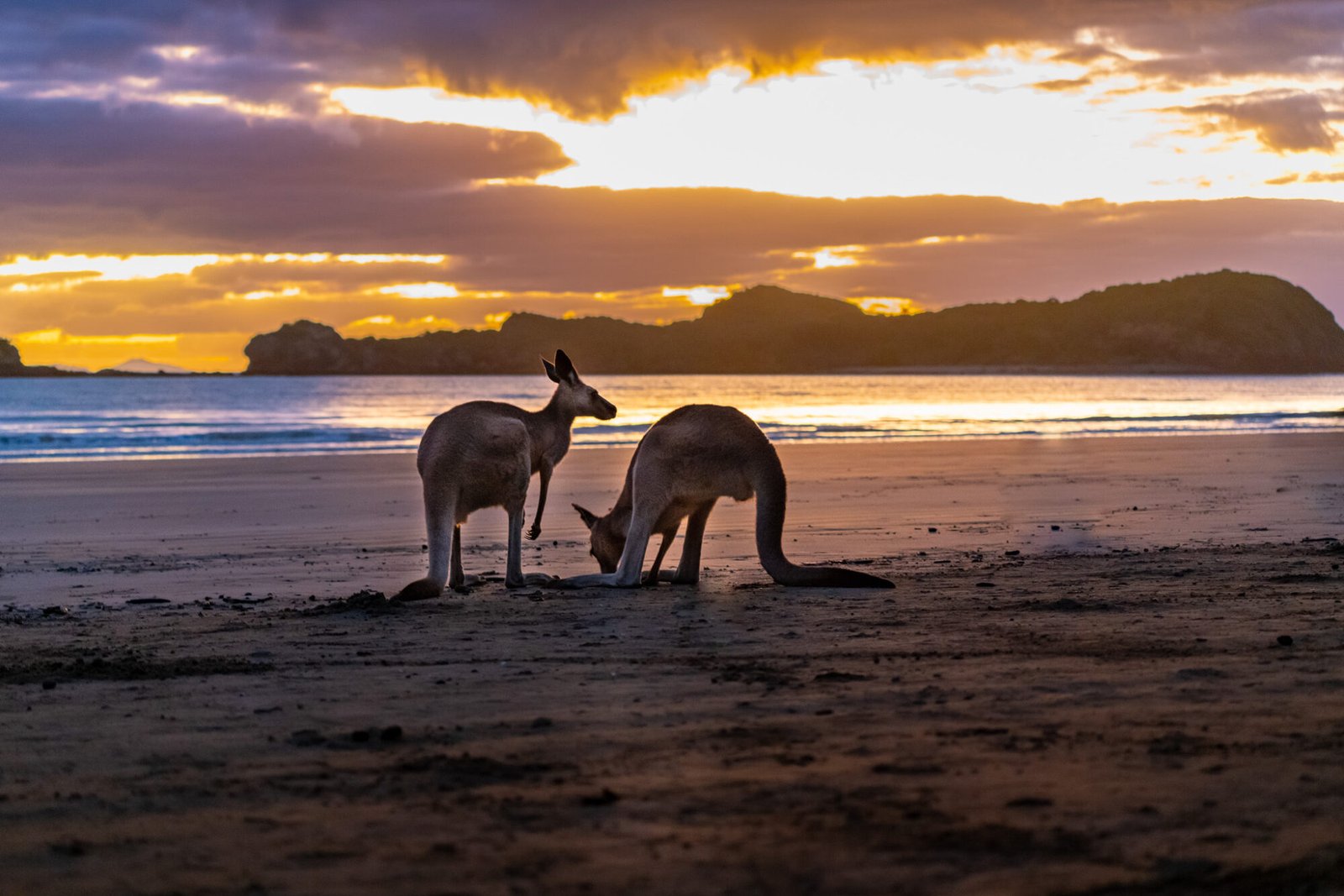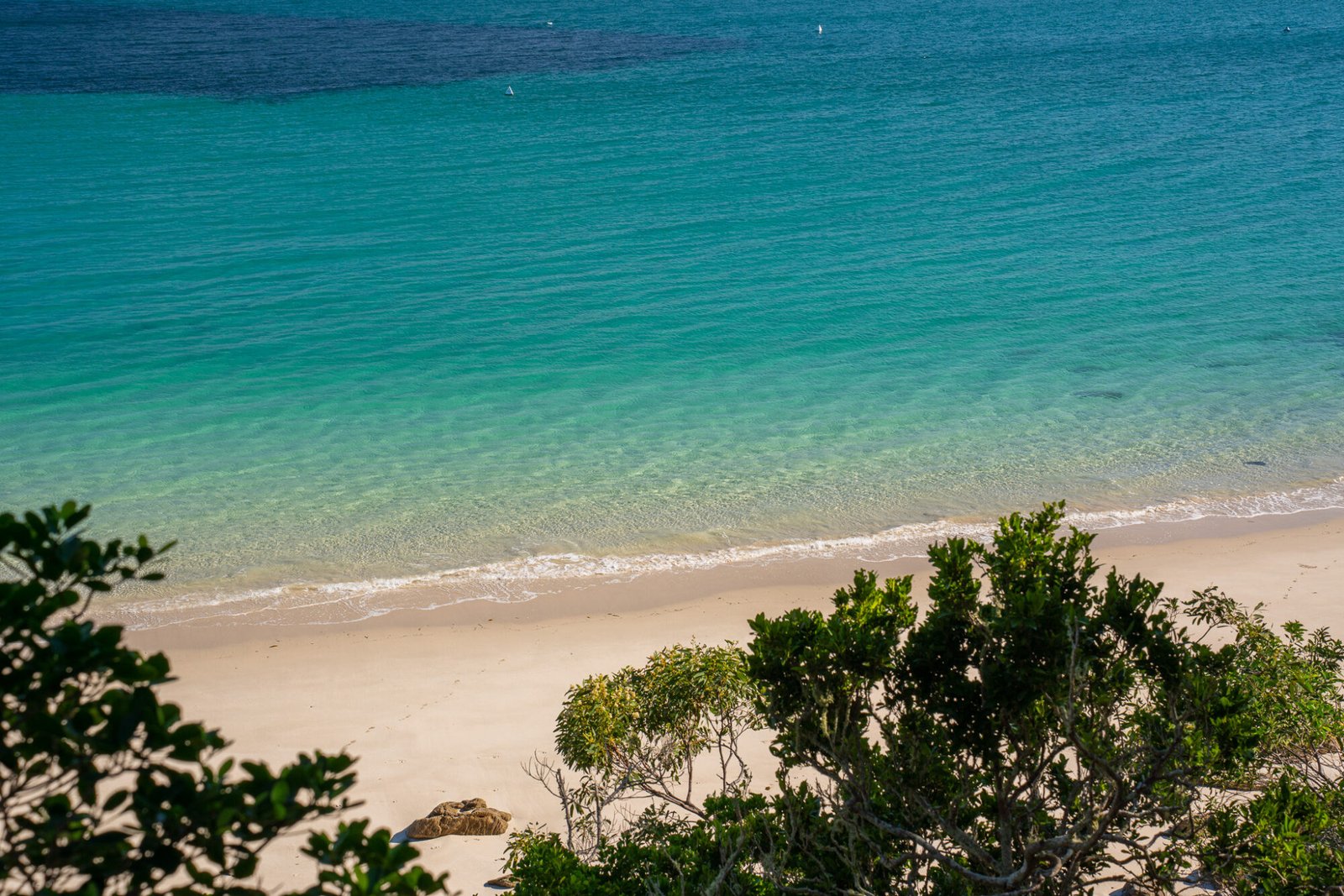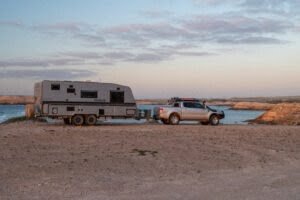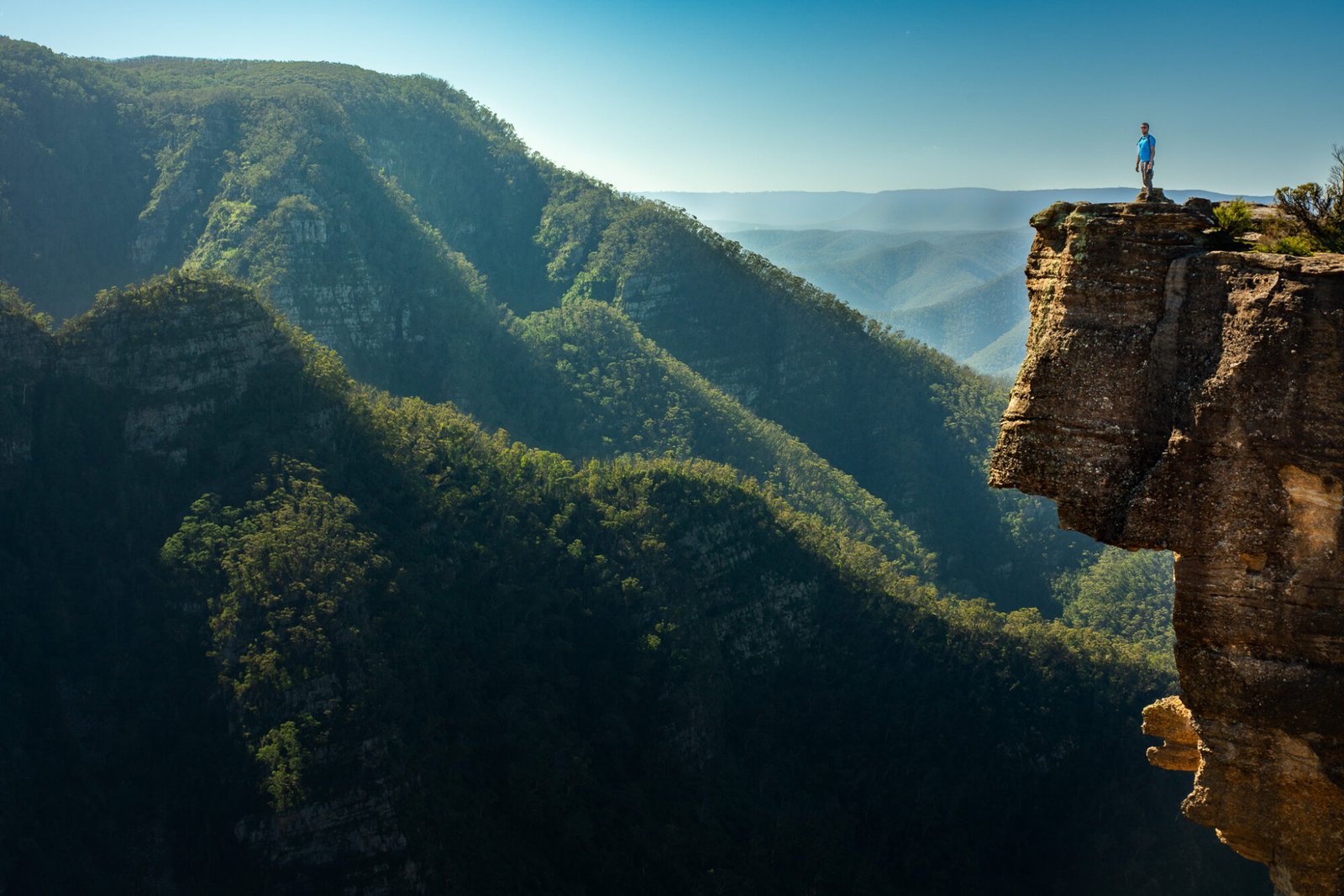After an amazing trip to Shark Bay, we came back to Carnarvon for a few days to restock and explore the town itself. Carnarvon is known as the food bowl of Western Australia due to its numerous and various plantations, including bananas, mangoes, avocados, pumpkins, etc…all that good stuff! A drive known as the Fruit Loop will take you to some of the plantations that are open to the public, including our favourite, Bumbak’s. Bumbak’s has a shop with wall to wall relishes, dips, dried fruit, frozen treats, and more. You can’t go wrong with a chocolate covered frozen banana or a mango smoothie on a hot day!

We were also lucky enough to stay on a banana plantation during our time in Carnarvon and learned all about how bananas are grown and harvested – much more interesting than we realised.

We also checked out the old jetty in town, which unfortunately has fallen into disrepair over the years and isn’t accessible anymore. Soon enough, we were ready to go on our next road trip.
When people think of big rocks in Australia, Uluru is easily the first to come to mind. It turns out, however, there is an even bigger rock around: Mount Augustus. It is the biggest rock in the world, twice the size of Uluru.

And since we were in the area, we figured we should check it out! So we made the 500(ish) km journey from Carnarvon, through to Gascoyne Junction, a convenient stop for fuel but not much else, then on to the Mount Augustus Caravan Park, which is pretty much the only spot in the area that you’re officially allowed to camp. We easily could have made the trek with our caravan but enjoyed being able to cover the distances quicker without it. After a restful night, we got up before first light and made our way to the trailhead, where we planned to have a cuppa before hitting the track. Turns out there was another couple originally from Melbourne with the same idea; just goes to show how serious Melburnians are when it comes to coffee! Once we were adequately caffeinated we started off, opting to take the Gully Track for the way up and the Summit Track for coming down. This had been recommended to us by someone else, and we’re glad we followed their advice; it would have been much more challenging doing that detour on the way down when we were more fatigued. The Gully Track involves a fair bit more scrambling than the main track, but it’s quite a lot of fun!

Don’t expect a particularly memorable view once you’ve reached the top; the satisfaction comes more from the sense of achievement of hiking the world’s biggest rock, and the trail itself makes for a fairly interesting bushwalk. If planning to tackle this hike, make sure you are fit enough, start as early as you can, and bring lots of water; a few months after our visit, 3 people perished climbing Mount Augustus due to being underprepared. If tackling the climb isn’t for you, there is a loop drive and numerous short walks to be done in the area.
Once we had finished the hike, we headed to Cattle Pools for a refreshing cool off. Even in winter it was still fairly warm out here, especially after a 12km hike! Another locally recommended swimming spot in the area is Edithana Pools, a few k’s west of Mount Augustus.

That evening we watched the setting sun light up the rock in a beautiful deep red from Emu Lookout, before gazing up at another brilliant Outback night sky.
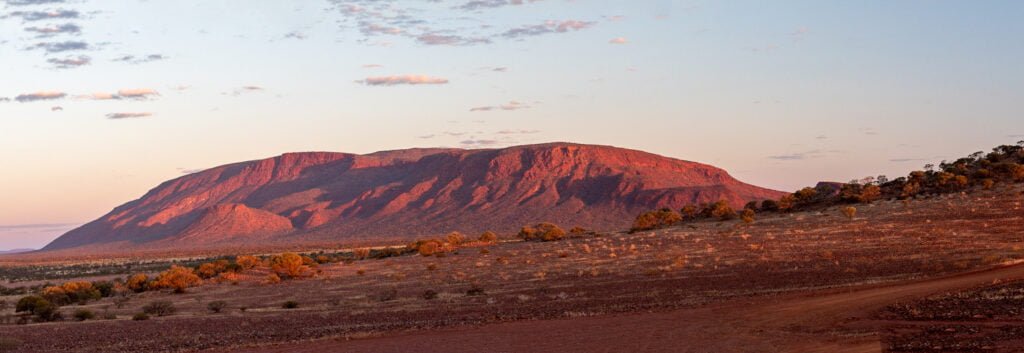
The next day we packed up and made our way back west to Kennedy Ranges National Park, known as Mundatharrda to the local Aboriginal people. Admittedly, this park had never shown up on our radar when researching for our big lap, but we’re glad we made the detour as this is a pretty underrated place! As we drove through the flat outback territory, we could see this impressive range gradually forming along the horizon. The range is 75 kilometres long and up to 25 kilometres wide and is reminiscent (although not quite on the same scale) as the rock formations you can see in Monument Valley in the USA.

On arrival we made our way to the only campground at Temple Gorge, then took the easy walk into the gorge, which has some really interesting rock formations and a couple nice rock pools.

The next day, we got up early to catch the sunrise, a must do to see the rocks light up first thing in the morning.

From there we did the Escarpment walk, a bit of a scramble but not too challenging, to the top of the range for some pretty epic views, then down to Dales Gorge, another nice walk into the range.

Lastly, we made our way to Honeycomb Gorge, which has hundreds of tiny cavities that give the rock a special honeycomb-type look.

Each night we got to enjoy sitting around the communal campfire with fellow campers swapping travel stories. After a couple nights’ stay, we felt we had satisfactorily explored the area, so we headed back to Carnarvon, stopping at the delightful Rocky Pool on the way back.
After a last visit to Bumbak’s for another frozen treat and to stock up on some tasty relishes, we packed up the van and drove on to our next, highly anticipated destination: the Ningaloo Reef!

